It’s difficult to even write about Brad Allan in the past tense. The death of this supremely talented martial artist, stunt choreographer and action director, at only 48 years old, was so sudden and shocking to all that knew him, that the only way to deal with his passing is to remind myself how lucky I was to know him, work with him, and call him a friend.
I came into Brad’s orbit through Guillermo del Toro. I was looking for someone to design the action for Scott Pilgrim and Guillermo was raving about the young hotshot Australian responsible for the brilliant fight sequences in his as-yet-unreleased Hellboy II: The Golden Army. I remember GDT showing me an unfinished scene with Luke Goss’s Prince Nuada in the edit. Simply put, I was blown away.
When I actually met Brad, though, I realised that I had seen him before and that we had a very specific connection. We were both huge Jackie Chan fans. Brad was actually around the same age as me and my brother Oscar and, like us, he had spent many of his formative years watching the Hong Kong master’s films on VHS. Unlike me and my brother, though, who only had a marginal interest in martial arts training, Brad wasn’t content to just watch JC from his sofa. Over in Melbourne, Brad worked and trained in martial arts from a young age; boxing and karate from age ten, then wushu and gymnastics from age 14. His teenage training earned him a scholarship that brought him to China where he trained with the Beijing Wushu Team while learning Mandarin and working at the Shanghai Institute Of Sport.
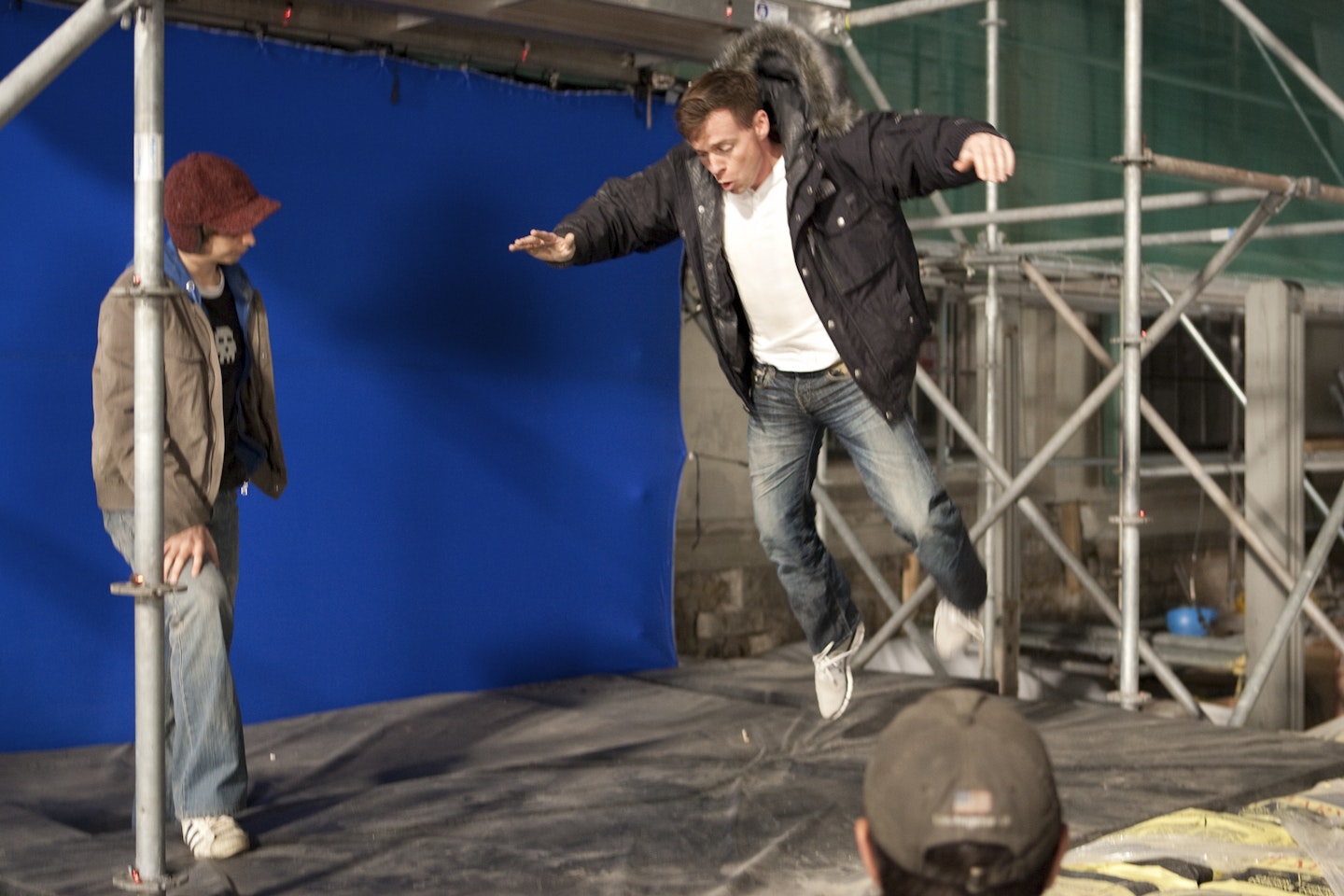
However, it was back in Australia where a meeting with Jackie Chan himself would really pave the way for his extraordinary career in action cinema. Brad heard that the Hong Kong legend was filming Mr. Nice Guy in his hometown of Melbourne and, after auditioning for him on set, was hired on the spot. This is where I first saw Brad on screen: as one of the stuntmen in a typically riotous, fast-as-lightning Jackie Chan fight scene set on a construction site. I saw that film three times in cinemas and later on VHS, where I would rewind that particular sequence again and again.
Flash forward just over ten years and now I’m meeting Brad to discuss Scott Pilgrim. In the intervening years, he had continued to work with Jackie Chan as part of his stunt team ‘Sing Ga Ban’, becoming its first non-Asian member, and later rising to the ranks of team leader. He worked on many of Jackie’s films from that period, most notably in an extended boxing showdown with the man himself in the film Gorgeous. This led to Brad working in Hollywood through Jackie’s late ’90s comeback via the Rush Hour sequels and the Shanghai Noon/Knights films, among others. Then he started to make his own mark in the industry, branching out to work as action choreographer on Peter Pan, The Chronicles Of Riddick, The Pacifier, and eventually with Guillermo del Toro.
I remember Michael Cera saying that any time he heard Brad say, “Good one, Michael,” it would be the greatest relief; like a compliment from God himself.
An important thing to know about Brad is that he took being a representative of Team Jackie Chan very seriously and he wanted to bring that world-class reputation to everything he worked on. He set the bar very high for himself but always found ways to clear it through tremendous hard work, an incredible skill set, and, most crucially, a great action director’s eye. This is the Brad I met in the Chateau Marmont one afternoon. I found him to be kind, humble, a little shy even, and yet incredibly determined to bring something extra to the table. That weight of responsibility to make Jackie proud was very inspiring to me and I knew that he would be uncompromising in the pursuit of excellence. I wasn’t wrong.
Working with him on Scott Pilgrim was an adventure for both of us as we tried to bring something new to the state of current action cinema. He had just come hot off the set of Kick-Ass, where he had been allowed the freedom to let rip on second unit and deliver set-pieces such as the Hit-Girl sequence that would soon leave mouths agape in awe in the film world. Conversely on Scott Pilgrim, Brad had to be a little more of a team player with main unit since the film featured so many principals fighting and a lot of VFX, but he adapted to that challenge brilliantly and incorporated a lot of the ideas I wanted to achieve into his endlessly impressive action design. The pre-vis sequences he shot himself were works of art in their own right, long before we rolled any 35mm film in shooting them. He also had a great eye for editing and clearly spent a lot of time presenting his ideas for maximum impact by utilising temp score and effects all in place. He really went above and beyond with the preparation, quite rightly expecting the actual crew to keep his pace.

I was more than happy to delegate to Brad as a second unit director, because I knew that he had hired the best possible international team around him and would work as hard as me to deliver the product. If he was happy with a shot, you knew it was going to be good. A great example of this is the amazing aerial shot of Scott Pilgrim fighting in the climax as he lays waste to a myriad of henchmen while wielding a flaming sword (a shot brilliantly performed by stuntman Chris Mark). One of the main qualities that Brad had was his generosity and trust in his core team. He would never take credit for something he didn’t do; always clarified who did what, was very protective of them and always let them exercise their creativity, especially with fellow stunt co-ordinators like Guillermo Grispo, Mark Ginther or, during the shoot of Scott Pilgrim, Peng Zhang. He pushed them to grow alongside him, which was very heartening to watch.
On Scott Pilgrim, Brad was also a guru in so many ways to the young cast, some of whom had little to no action experience before making the movie. One of my fondest memories on set was training with all the actors in the morning. Imagine me, Jason Schwartzman and Michael Cera literally working out with the current Superman and future Captain America, five days a week. Brad would put them through stunt school, working with the trainers and riggers to achieve the varied set-pieces in the film. Through this crash course in balletic action, you could see that Brad was a great teacher; tough but always encouraging. I remember Michael Cera saying that any time he heard Brad say, “Good one, Michael,” it would be the greatest relief; like a compliment from God himself.

Brad had a very exacting way of working and while it might seem arduous to outside observers, it yielded extraordinary results. There are sequences that, even now, tire me out just watching them as I know how hard they were to conceive, let alone achieve. I remain incredibly proud of the efforts of Brad and his world-class team to pull off set-pieces like the Roxy fight in the nightclub. Just exquisite work from all involved.
Whenever Brad himself seemed overly burdened with the toll of his focus, I would know the secret to making him smile. Usually it would involve me and my brother Oscar (who was on set for the whole production) getting Brad to talk about classic Jackie Chan films. We could all briefly revert to being the kung fu geeks we always were deep down. To see Brad grin and laugh was always a treat.
I was very proud of what Brad and his team had achieved on Scott Pilgrim and when I was developing The World’s End there was no question who I wanted to take on the sprawling, brawling battles we had in the script. Here, Brad brought a new team into the fold: an incredible team of British gymnasts led by Damien Walters. Again, Brad managed to make some non-action stars into fighters by using the skill sets of the main cast to impressive and hilarious use: Nick Frost’s secret WWF superpowers, Paddy Considine’s Brummie haymakers, and Simon Pegg’s Chaplin-esque avoidance of action. I was delighted by how these pub rumbles became high art in the hands of Brad’s team. The resulting bathroom brawl in The Cross Hands and the epic fight in The Beehive, with Frost wielding pub stools on his fists, remain two of my favourite set-pieces in any of my films.
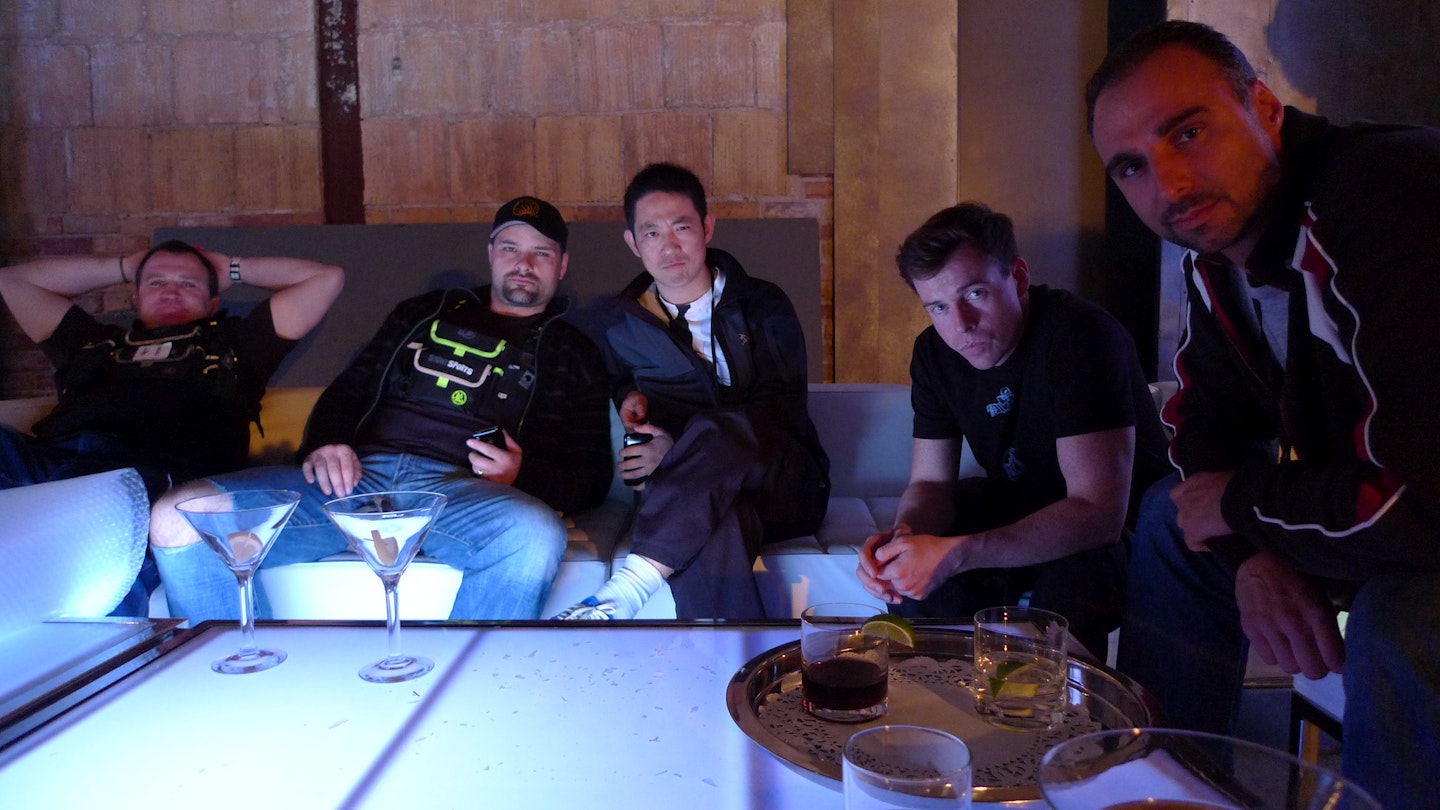
I was also impressed by the fact that Brad encouraged me to give young stunt performers a chance to act — and he was always 100 per cent right. The key reason that the first bathroom brawl in The Cross Hands works is that, on Brad’s suggestion, all the teens were played by young gymnasts, notably a young Greg Townley (who previously doubled for Hit-Girl in Kick-Ass as an 11-year-old) playing the gang leader with some terse, funny dialogue. The gamble paid off brilliantly, and I doff my cap to Brad that he convinced me it would work.
Having made two films together where Brad’s brilliant action made an indelible mark, we went our separate ways. As much as I was curious to see what he would do with a car chase, there wasn’t as much call for his blistering fisticuffs and über-fu in the auto-centric Baby Driver, though he was one of the people who recommended the great Darrin Prescott to be the stunt co-ordinator and he also introduced me to an amazing parkour performer in Paul Darnell.
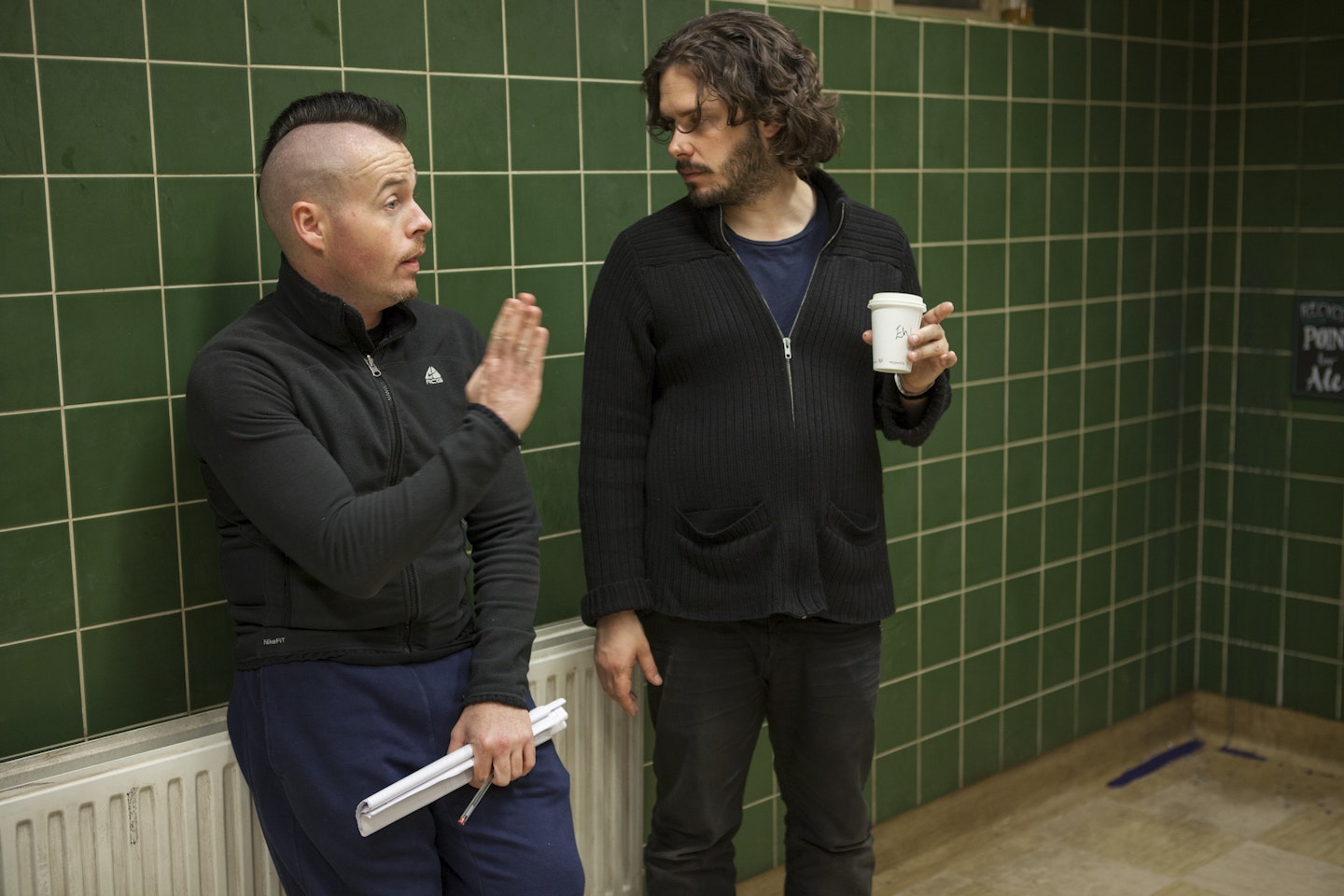
Over the last eight years we’ve always kept in touch and I’ve recommended him to others, as well as recommending crew to him. He was even instrumental in me meeting the great Jackie Chan himself in late 2017.
When you started reading this, if you couldn’t at first place the name Brad Allan it would be because he’s never openly courted publicity for himself; rather, he seemed content to work tirelessly on a number of productions that any action fan would likely know shot-by-shot from memory. Since we last worked together, you’ve seen Brad’s sterling action direction in Matthew Vaughn’s two Kingsman films, including the justly famous church shootout set-piece in the first instalment that was painstakingly constructed along with Guillermo Grispo and Damien Walters. It is frequently mentioned as one of the great action set-pieces of this century. He also then went on to work on the huge franchise films Wonder Woman and Solo: A Star Wars Story and Rogue One (Brad choreographed the ferocious, climatic Darth Vader set piece), among others. He actually still has two movies to come out in the next year and I have heard that his work in Marvel’s Shang-Chi and the King’s Man prequel is as startling as anything he’s done.
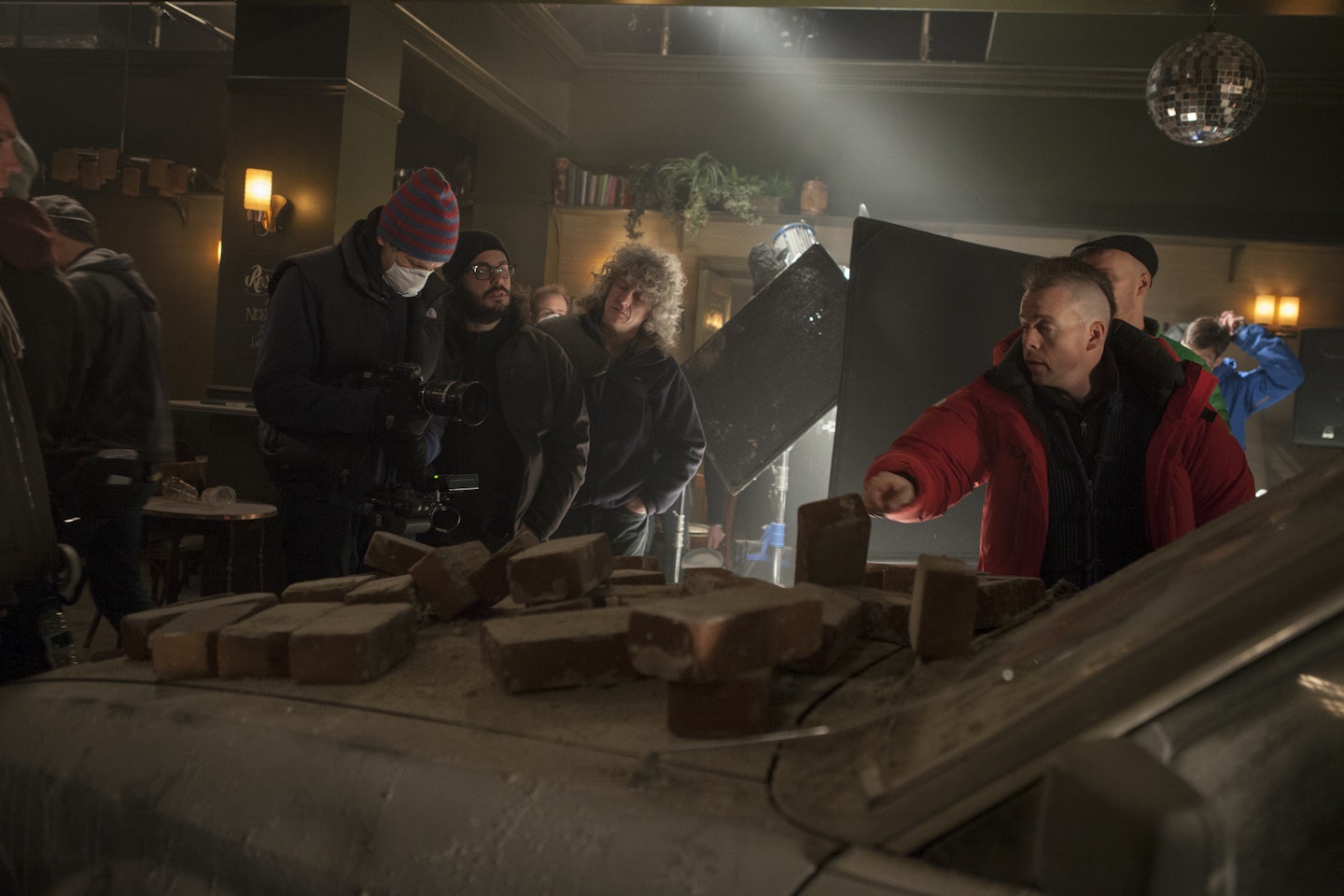
But here’s where it gets tough to write. These last two movies shouldn’t be the last time we’ll see Bradley James Allan’s name on the end credits of a film. 48 is far too young an age to have someone so full of life, so full of brilliant ideas taken from us. As well as his incredible action work, I know he had aspirations to direct, and many people around him, such as Matthew Vaughn, openly encouraged him to pursue that desire. I was convinced this would be his next chapter; taking his world-class talents to excel at another challenge. It’s painfully sad that this wasn’t to be.
I was texting with him only a week or so ago. Half about work, half about life, finding out what we were both working on, sharing snippets of new ideas, getting his thoughts on a new trailer, him sharing excited details of a state-of-the-art pre-viz engine he had been using. Brad always signed off with the prayer hands emoji. Even in our last conversation.
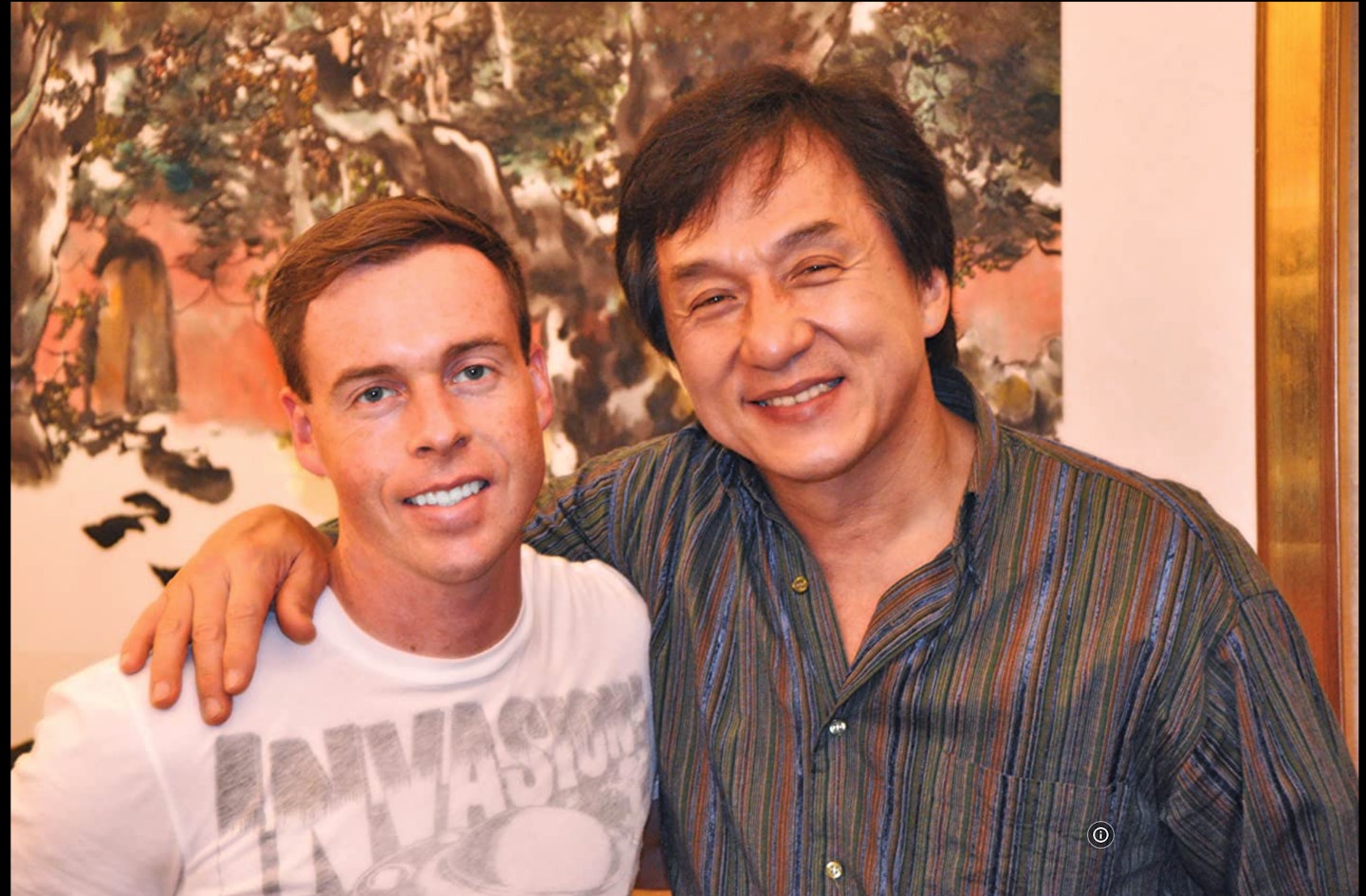
Brad had always been a very spiritual person and in the last few years, he had become a father of two. It was so great to see him balance his work ethic with family life. I know he was working on a sequence for Matthew Vaughn’s upcoming Argylle that he was really excited about, the very week he tragically passed.
It’s profoundly sad that we’ll never meet or talk again. I can only be happy that I managed to know this genius for his time on this Earth. He was a great artist, a great friend, a great husband and a great father. All my thoughts go out to his beautiful family.
Jiayou, Brad x
